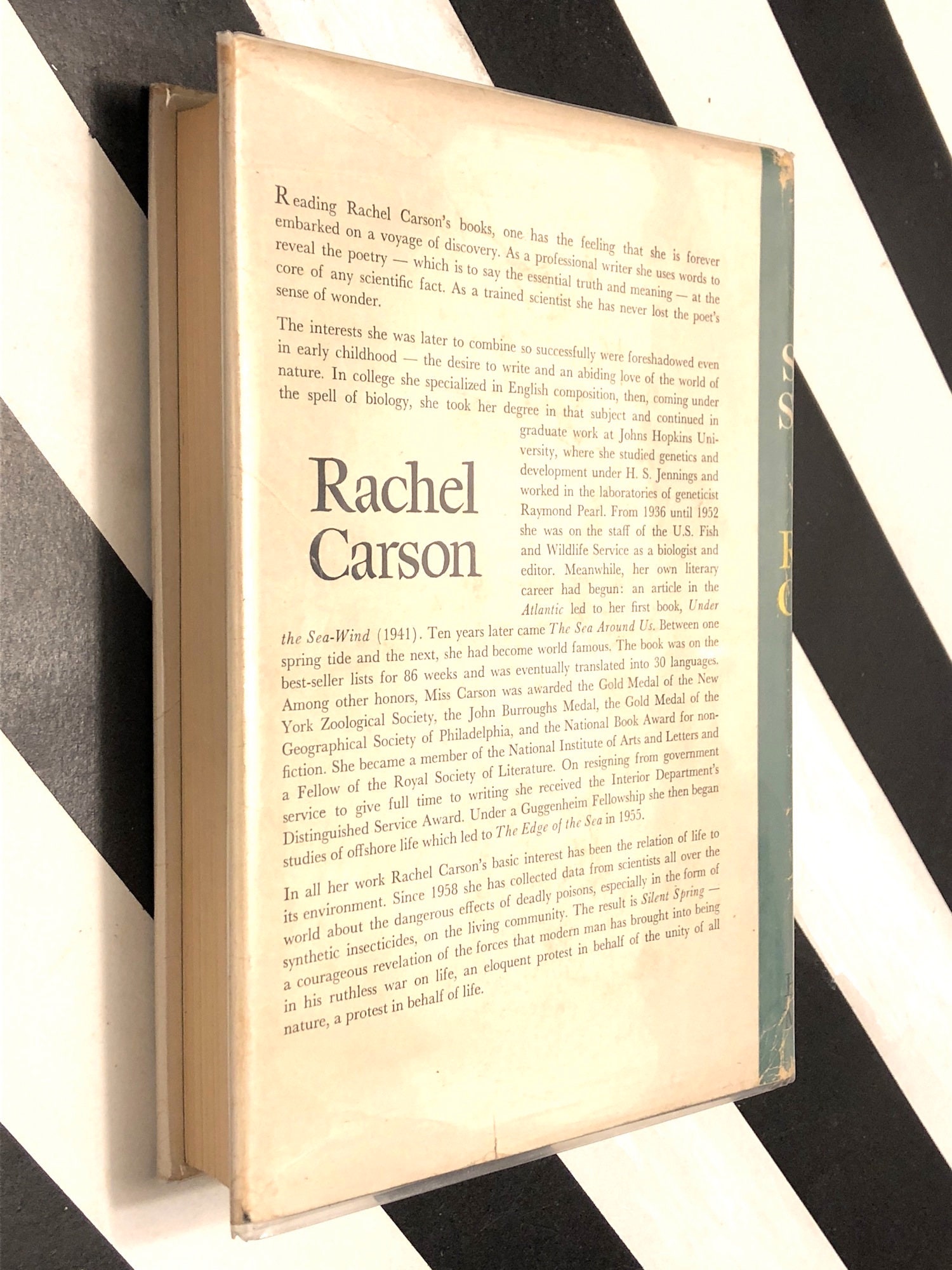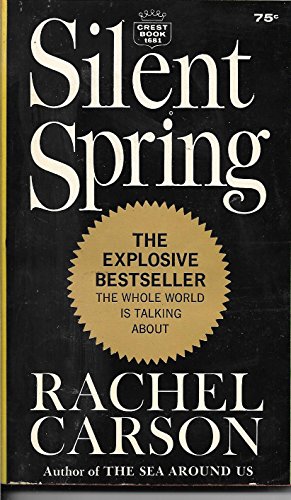
With the detonation of an atomic bomb in the New Mexico desert in 1945, humans took control of the earth for the first time. They were dominators and their hubris pervaded the post-World War II economic boom under Presidents Truman and Eisenhower, as America became the world’s leading hyper-industrial and military giant. Kennedy, Lyndon Johnson, and Richard Nixon. Davis concludes that we urgently need new thinking about how we evaluate and regulate pesticides in accounting for their ecological and human toll.New York Times bestselling author and acclaimed historian Douglas Brinkley chronicles the rise of environmental activism during the Long Sixties, telling a highly charged story of an indomitable generation that quite literally saved the natural world under the leadership of John F. Ironically, we replaced one poison with even more toxic ones.

Although Silent Spring instigated legislation that successfully terminated DDT use, other warnings were ignored. He affirms the brilliance of Carson’s careful scientific interpretations drawing on data from university and government toxicologists. Davis examines the history of pesticide development alongside the evolution of the science of toxicology and tracks legislation governing exposure to chemicals across the twentieth century. Frederick Rowe Davis thoughtfully sets Carson’s study in the context of the twentieth century, reconsiders her achievement, and analyzes its legacy in light of toxic chemical use and regulation today.


Silent Spring catalyzed an environmental movement in the 1960s and achieved a ban on DDT, but are the alternatives any less toxic? Rachel Carson’s eloquent book Silent Spring stands as one of the most important books of the twentieth century and inspired important and long-lasting changes in environmental science and government policy.


 0 kommentar(er)
0 kommentar(er)
